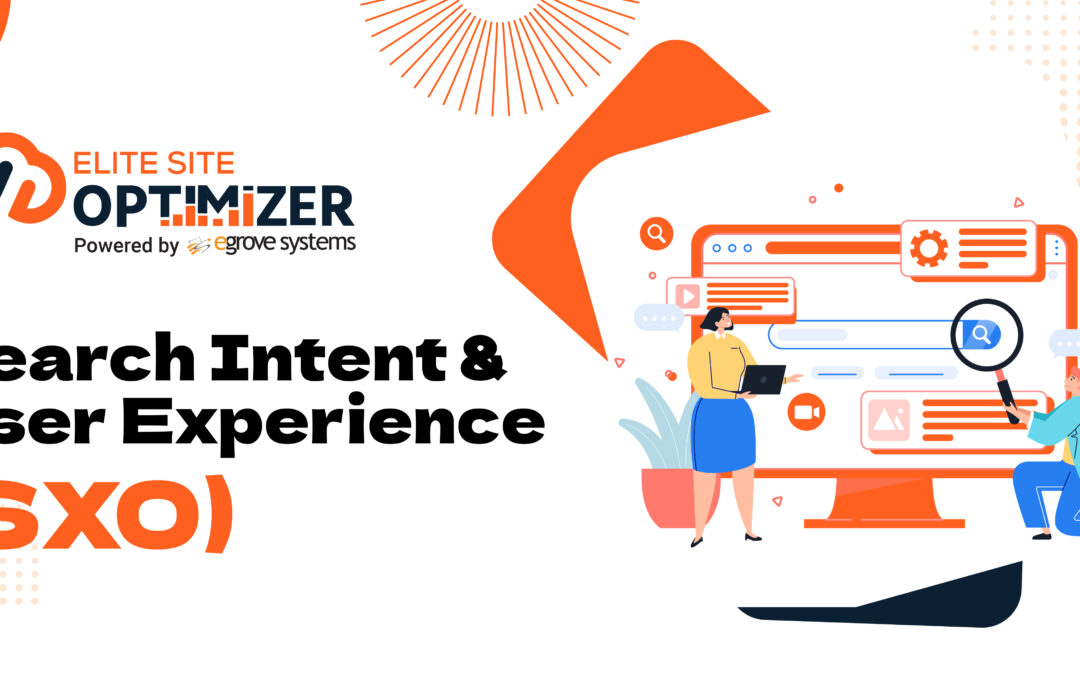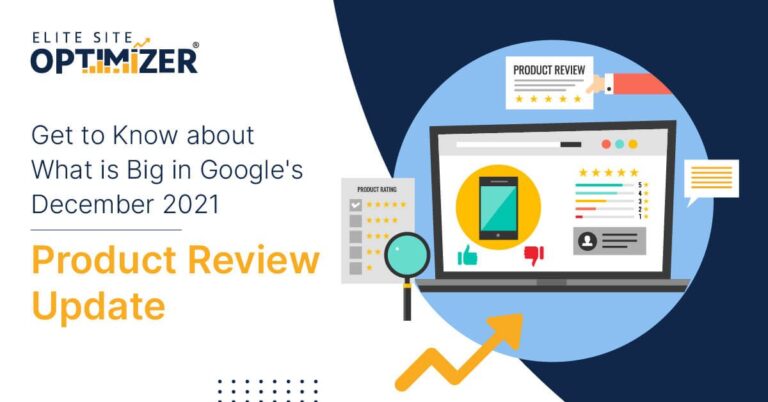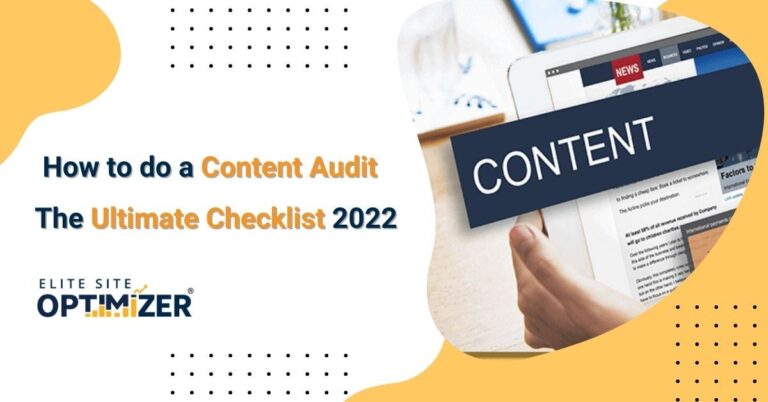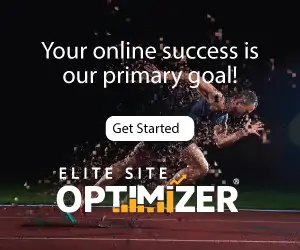In the quest for high search rankings, we are often caught up in the realm of ranking our keywords, getting appropriate backlinks, performing competitor research, and so on. However, the true success behind website growth and high web page rankings lies in creating and delivering more customer-centric content that users will find useful.
As such, rather than looking only into performance metrics, you are also expected to understand the true intent of the users.
Determine what they are looking for and why they visited your website. Create engaging and useful content to ensure that your visitors can easily find the required information. Thanks to Search Experience Optimization, or SXO, we can now identify the users’ search intent to improve their overall website navigation experience.
What is Search Intent?
It refers to the reason the user types in a specific query into Google. It is important to understand the users’ search intent to create content that they will find informative.
Understand if the users are typing to go to a particular page, learn something new, compare different options, or buy a product.
Evaluating the true search intent of your visitors helps to make better content strategies, rather than measuring the number of clicks generated or website visitors in a day. To gain more loyal visitors and potential customers, it’s crucial to ensure that your content matches the intent behind their search. Otherwise, be prepared to face a high bounce rate, which is harmful to your website SEO as well as your business.
Defining Search Experience Optimization (SXO)
SXO is a combination of conventional SEO practices with user experience (UX) principles to ensure that your website visitors can find your site usable, useful, and informative. Create more engaging content that keeps your users on your website for a long time. Guide them to take necessary action or encourage further reading through internal links. The idea is to keep them engaged with your web pages and improve your website traffic. Aim to optimize your content for your end-users, rather than just for remaining compliant with Google guidelines. Google always prefers to improve the rankings of those pages that offer exceptional experiences to its users.
The Dual Power of Search Intent and SXO: Some Key Strategies to Combine Them
Google is changing its algorithm regularly with the aim of providing a seamless experience for its users. Gone are those days when we attempted to rank higher by stuffing web pages with keywords. Your content should align with the search intent of users, allowing them to find their required information and offering a smooth experience throughout the entire time they stay on your site. To offer them an efficient navigation and search experience, implement these strategies to align the user’s search intent with your SXO tactics.
- Ruin a Detailed Content Audit
Performing a thorough content audit enables content marketers to identify the pages that meet search intent and those that do not. It is also important to calculate the total time spent on every blog or webpage, the response of CTAs, and the average bounce rates.
According to the given report, you can improve the pages that might not have the humanized element. Moreover, it is also important to update outdated content and fix broken content.
- SEO Audit and Analysis of the Site
You can have an in-depth site analysis to understand the technical issues, including a slow page load speed, broken links, or a non-responsive mobile design.
Additionally, you can also include an SEO audit report. This report helps understand if your webpages are crawlable and indexable.
- Create More Empathetic and Human-Centric Content
Use natural language in your content so that it sounds like you are talking to a real person and not a robot. Use clear formatting, visual aids, and relevant data taken from genuine sources to improve the readability factor of your web page or blog content. Understand the user journey and map your content for every stage of their buying journey, from raising awareness to making buying decisions.
Talk about the pain points of your target audience and be more empathetic to make your readers feel cared for. Avoid stuffing your content with keywords, as it may ruin the reading experience. Each sentence should be aimed at serving the reader’s purpose and intent by delivering relevant information that may address their concerns.
- Check Performance Analysis Reports
Analyze the page loading times of your web pages, landing pages, and internal blog pages. Speed matters significantly in an era where people are becoming more impatient and have limited time and attention spans. The ideal page load speed should be below 2 seconds, with the threshold being 3 seconds.
Slow-loading pages may make your visitors feel frustrated, resulting in your potential customers landing on a competitor’s page. At the same time, the performance analysis report will help you evaluate whether your website is mobile-friendly and responsive. A smooth navigation experience encourages a visitor to stay longer and explore more of your offerings, thus improving their chances of getting converted.
- Run an Accessibility Checker
Use an accessibility checker to provide your users with an all-inclusive experience. In other words, these content accessibility testing tools ensure that differently-abled individuals can still navigate and engage with your content seamlessly. An accessibility checker monitors other factors, such as whether proper alt texts are used for your images, sufficient use of navigable elements, and good use of color contrast.
Elite Site Optimizer: An All-in-One SEO Tool
Elite Site Optimizer is a comprehensive and fully featured SEO audit, content audit, and performance analysis tool that provides a summary of web page and landing page audits/. Our audit reports cover key metrics, like loading speed, accessibility, content quality, AMP compliance, key SEO metrics, and the coding standards used. We aim to help improve your SEO outcomes while boosting user experience and customer engagement.
Final Words
Modern-day search engines are getting integrated with AI-driven smart features designed to understand the search intent of their users. Besides understanding their sentiments and concerns, search engines can also detect how they engage with the search results. The goal of every digital marketer and content creator should be to attract, engage, retain, and convert their visitors. Incorporate human-centric practices in your content creation strategies, and automatically see a positive change in your search rankings. So, focus on aligning your content with the visitor’s intent and deliver a never-before experience to build trust and ensure long-term growth for your organization.







